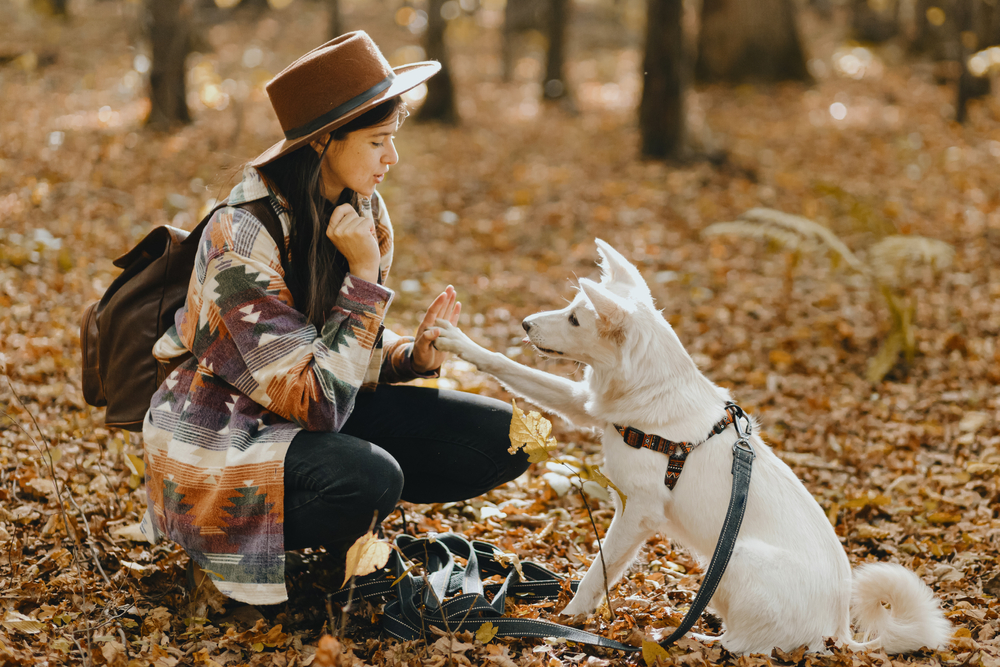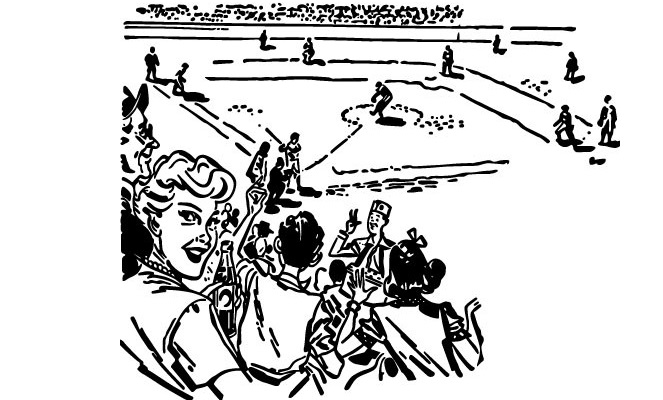Two-Way Communication
From the moment they come home, dogs do their best to communicate with us, to let us know what they want and need as well as how they feel. They strive to understand us, too, which is why it is critical to find a way to let them know what is considered good behavior versus what isn’t allowed. But this isn’t a family event; for best results, the dog needs to be receiving input from just one person to avoid receiving conflicting or confusing signals. On a similar note, if there are multiple dogs in the household, it might also be best to exclude them from the training area, too. Training a dog of any age is not all that dissimilar from teaching a child new skills; the process usually goes more smoothly when there are less distractions.
What a Dog Needs to Know
The usual goal is to create a set of commands that will help ensure the dog behaves as desired in a variety of situations. While it may seem like a great idea to train the dog to respond like the military and law enforcement dogs seen in movies and on TV, few owners are qualified to do so, and while a Belgian Malinois might be well-suited to this, a Basset Hound, Labrador, or Yorkie probably is not. The initial challenge should be to establish the basics of sit, stay, come, outside, and No. These everyday skills create a foundation that allows more advanced training.
All Dogs Can Learn
Just as a child progresses from one grade level to the next, so too can a dog master new skills over time. Patience and love are the key for any skill-training; it should not be rushed. When a dog becomes a member of a new pack, whether as a puppy or as a mature dog in the case of a rescue or other rehoming, it wants to know what is allowed. They all look for leader to lay down the rules.
Training Techniques
After finding a quiet place to help ensure the best interaction, there are two approaches to consider: reward and aversion. The reward method involves giving the pup a treat or praise, or both. Positive reinforcement can speed training, as the dog learns to associate receiving a tasty treat or effusive praise with going outside for a potty break, or sitting demurely when asked to do so. On a related note, using treats as a reward is a time-honored technique, but care needs to be exercised to avoid suddenly realizing the dog is happy, obedient—and overweight.
Sit, Stay
Bonding through training.
Make It Fun
Training time should be fun time; use tasty treats to reward good behavior, and practice commands like Sit and Stay while out in public, always rewarded with effusive praise.
Old Dogs Learn New Tricks, Too
Dogs of all ages respond well to positive reactions and are eager to please, so make time to work with the pooch to master new tricks that are appropriate to its age and physical condition.
Patience Is a Virtue
It takes some dogs longer than others to perfect a new command, so go slow, be loving, and make sure you both are having fun.









